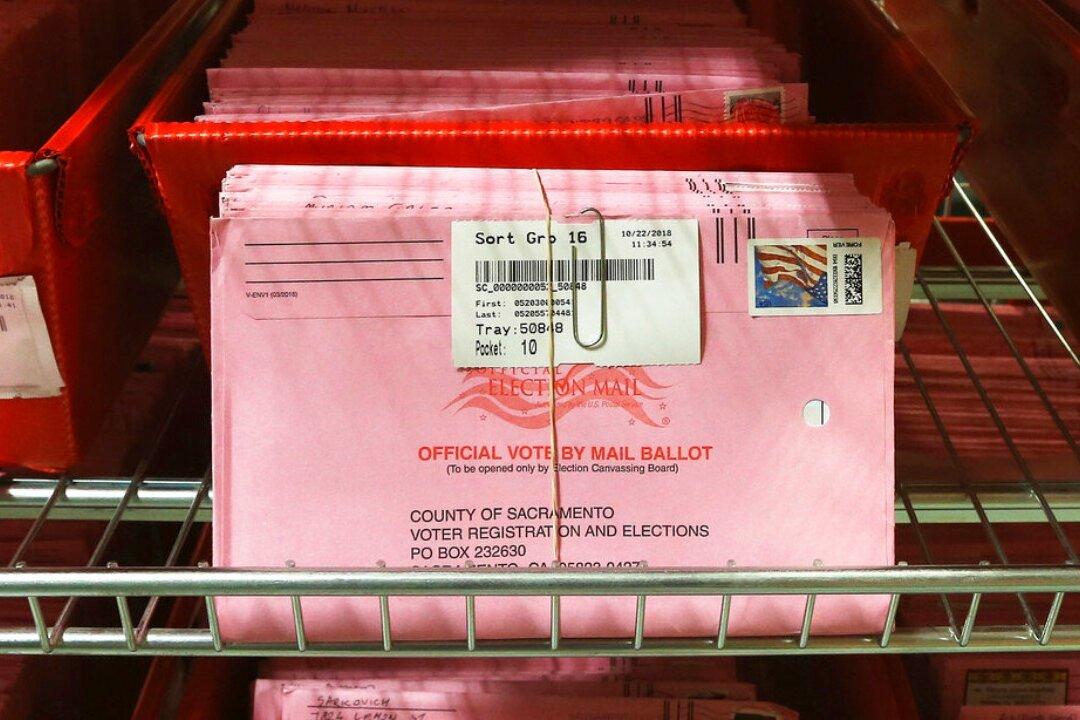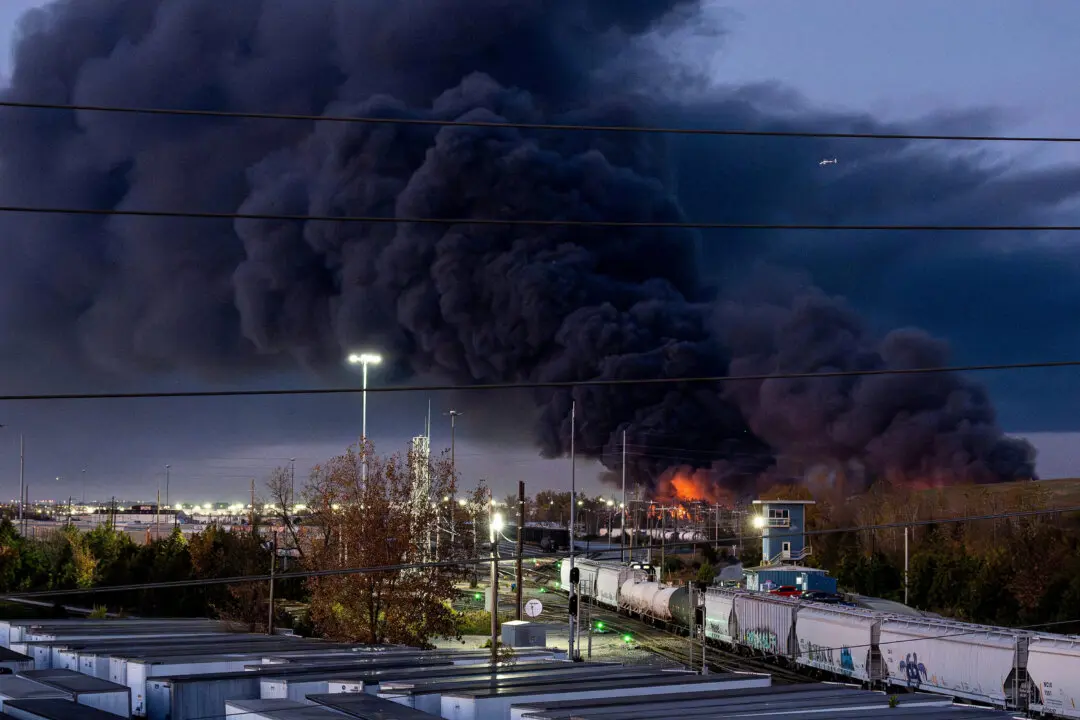LOS ANGELES—More than 100,000 mail-in ballots were rejected by California election officials during the March presidential primary, according to data obtained by The Associated Press that highlights a glaring gap in the state’s effort to ensure every vote is counted.
With the coronavirus pandemic raging, California is part of a growing number of states increasing mail-in balloting. President Donald Trump is among those questioning the integrity of vote-by-mail elections, while supporters say they are just as reliable as polling places and offer greater flexibility for voters.





